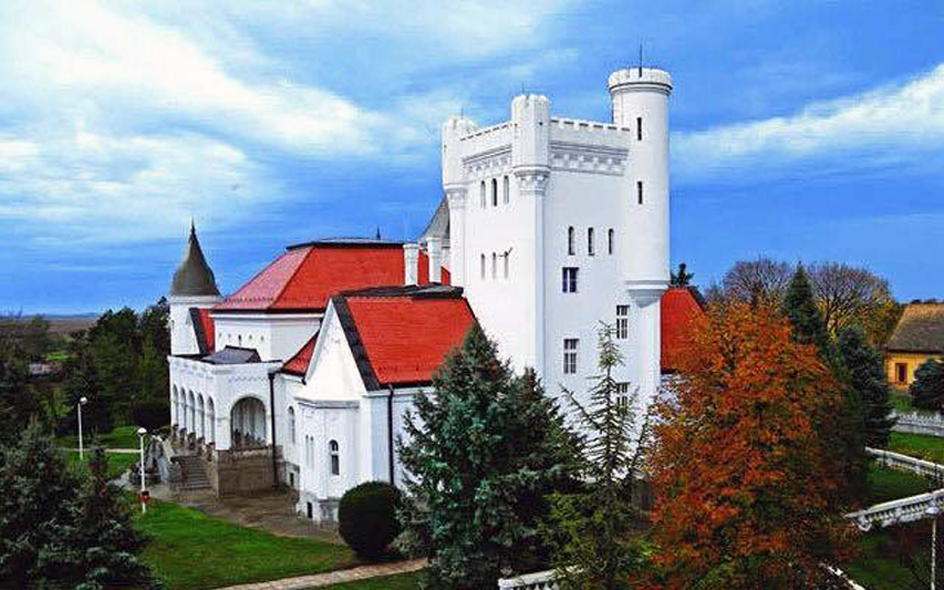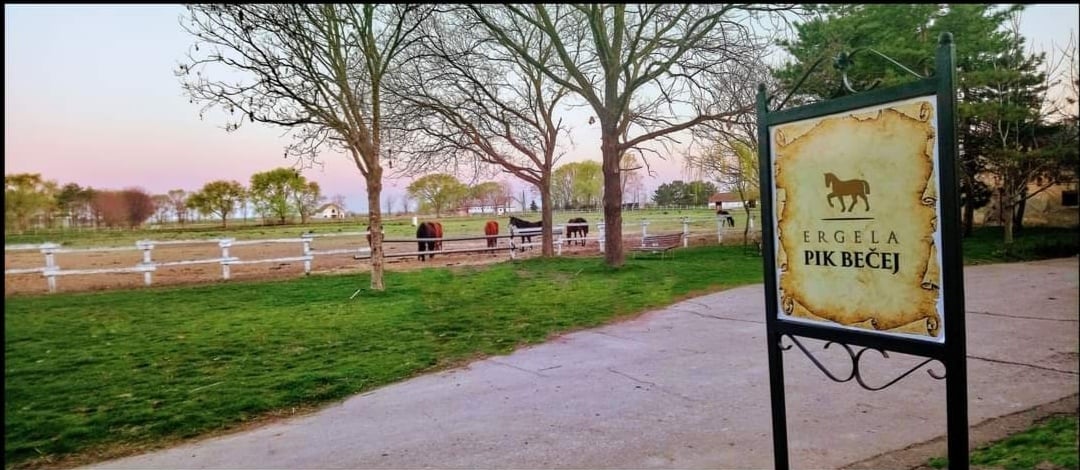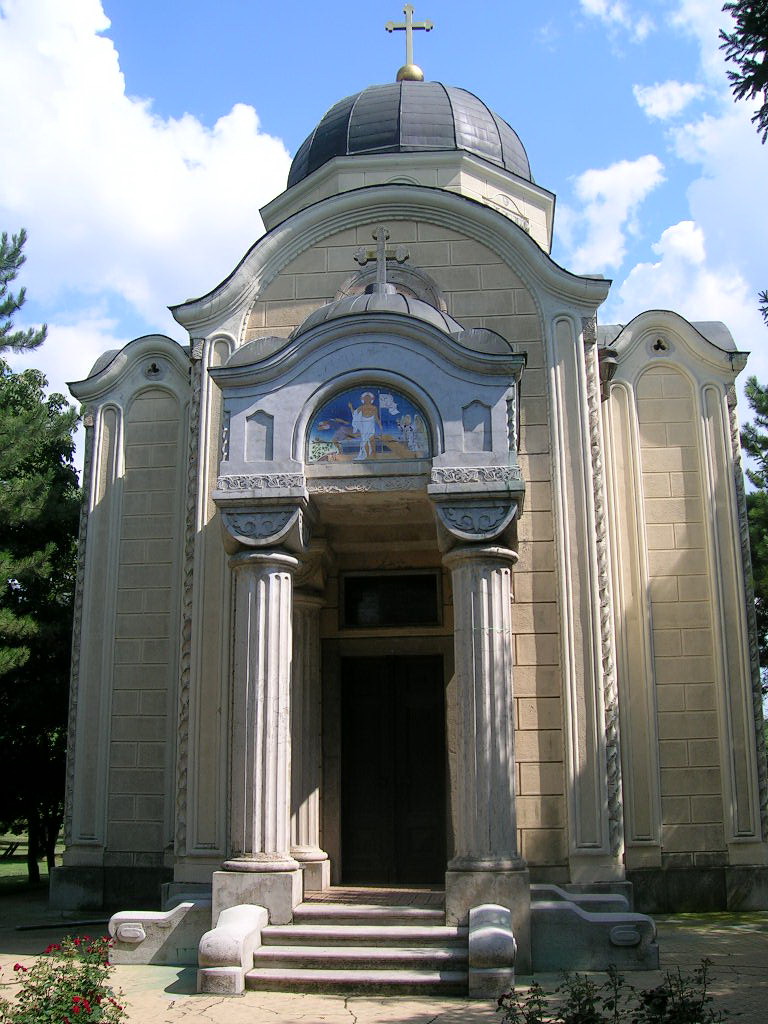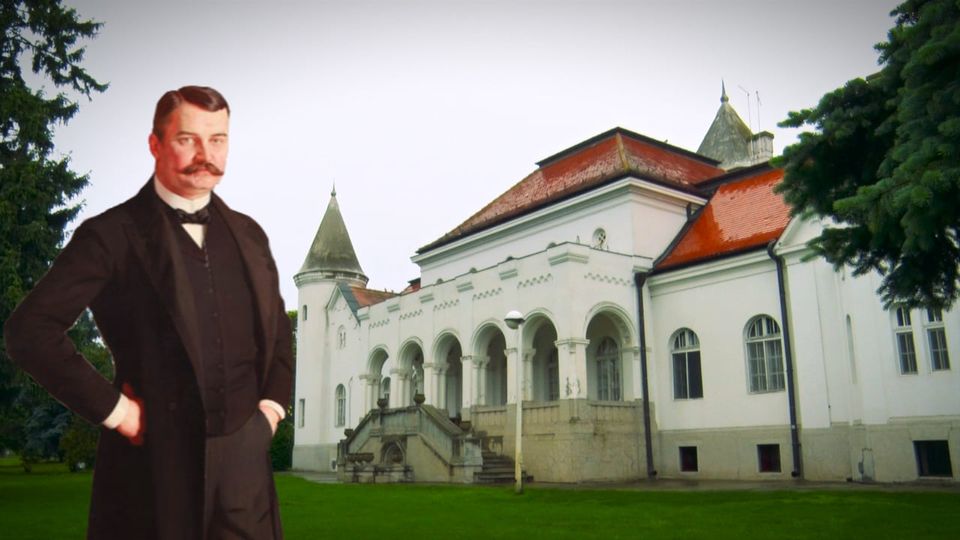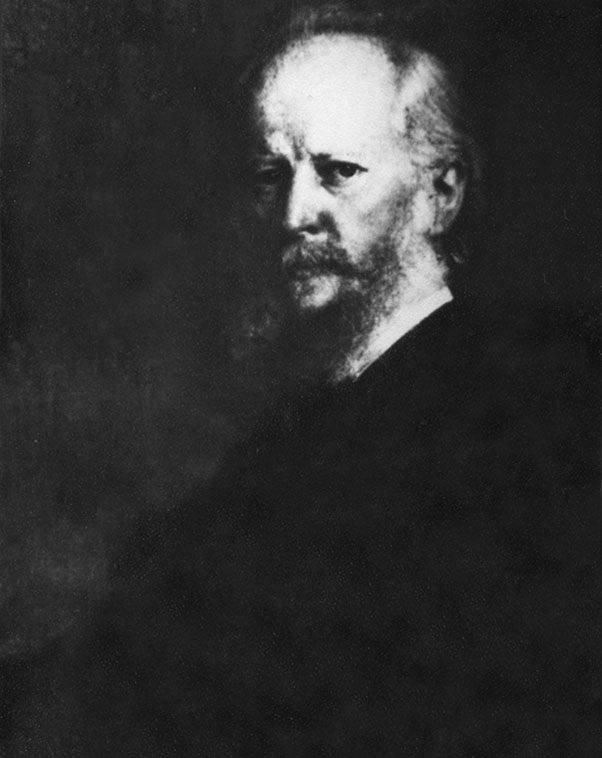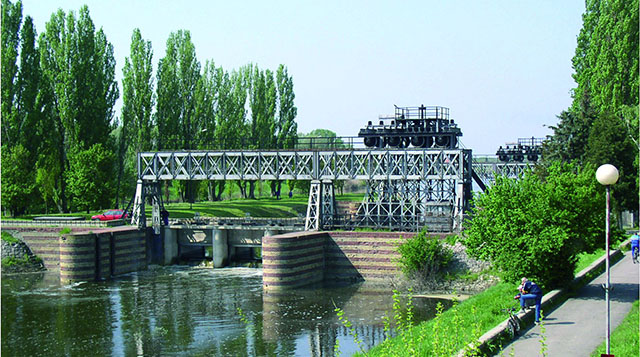Turistička ponuda
The Bečej Municipality Building and The Endowment of Baroness Eufemija Jović
The Municipality building was designed in 1881 as The Town Hall. The designer was Endre Makai from Budapest and the builder was Schott Klein from Hódmezővásárhely (Hungary), who was identified as Samuel Klein. The structure was finished in 1884.
The Town Hall is an important functional, thematic, urban, and architectural motif of the Square as well as of the town of Bečej. The fact that it is under government protection contributes to its value.
The Endowment building of Baroness Eufemija Jović and the Town Hall were constructed side by side, along the extension of the pedestrian route into the Glavna Street, creating a distinctive street front. Located in this way, these two buildings define the boundaries of the square on the northwest side. The second facade of the Endowment building extends along Glavna Street. The shape of the building is in the form of letter “L”.
Fantast Castle
Construction began in 1919 and was completed in 1923. The castle is an eclectic combination of styles. A public outdoor pool is located right next to the castle and was used up until World War II. A lovely park surrounds the entire castle. It was converted into a Hotel Fantast in the 1980s, which honored the name of the well-known stallion race horse from the 1930s.
The Dunđerski Family
The first member of this family to achieve fame and prominence for his commercial acumen was Gedeon Geca Dunđerski, who was given, by his father Avram, several hundred acres of fertile Srbobran’s land. Gedeon acquired Kamendina land from the Gorjup family in the middle of the 19th century; at the time, it encompassed more than 2,000 acres. A little earlier, the former estate of Stratimirović – Kulpin – was bought from the Semza family. These early estates served as the cornerstone of Dunđerski’s economic prosperity and, at the same time, signaled a start in development of American-style (farmer) real estate in Vojvodina.
The Dunđerski family’s efforts have increased since Gedeon divided his estate among his two sons in 1876, giving the Srbobran land to the older Aleksandar, Bogdan Dunđerski’s father, and Kamendin and Kulpin to his younger son, Lazar.
Lazar Dunđerski significantly expanded his estate. He owned properties in Čelarevo, Novi Bečej, Hajdučica. Using the capital and knowledge he acquired while traveling abroad, Lazar began an extensive agricultural production at the time. He has incorporated machinery, artificial fertilizers, and new plant species on the farm. In addition to owning a carpet business in Zrenjanin, Lazar also owned two breweries, one in Čelarevo and the other in Zrenjanin. Lazar Dunđerski passed away in 1917. and was buried in the family tomb of St. George (Sveti Đorđe) in Srbobran. After his passing, the whole estate was divided between his children: brothers Đorđe and Gedeon and two sisters.
Đorđe – Đoka – Dunđerski (1873-1950) continued to improve his family’s agricultural production and he opened several food factories. He also had a large stable of horses.
Dr Gedeon Dunđerski (1875-1939) completed his law studies at the Budapest University, where he earned his PhD at the age of 21. After finishing his education, Gedeon spent time traveling and training in Germany, France and Russia. He served as a representative in the Pest Parliament from 1910 to 1918 and on the Bačka County administration board. Dr Dunđerski was the President of Matica Srpska from 1910-1920. He founded the “Ikarus” factory in Novi Sad, which was later moved to Zemun. Gedeon was also one of the founders of the Rakovica aircraft engine factory. Dr Gedeon Dunđerski was the holder of several decorations of the Kingdom of Yugoslavia and the French order of the Legion of Honor. He passed away in Budapest in 1939.
more ›
In 1919, Bogdan Dunđerski began building a castle (also known as Hotel Fantast), following various European landowners. In 1923 he built a chapel in the Neo-Byzantine style, according to the design of the architect Kraus from Zemun. The iconostasis was painted during 1924, 1925 and 1926 and was done by Bogdan’s great friend, Uroš Predić, the most important Serbian painter of realism. The two loves of Bogdan Dunđerski are shown on the medallions of the iconostasis: Marica, a Hungarian woman from Bečej, and lady Mara, a young, beautiful and capable woman to whom Bogdan entrusted the management of the farm. Bogdan passed away on November 1st 1943, when he was 81 years old. He was laid to rest in a chapel at his Fantast property.
The land was abandoned after the war and later belonged to a cooperative from Becej, which expanded into one of the largest agricultural companies in Serbia, PIK Bečej. Nonius and Lipizzaner, two thoroughbred stud horses, were sold to Italian slaughterhouses in 1945. Thanks to the individual efforts from PIK Bečej, the stable was revived in 1970 by purchasing several horses from Hungary and England. The hotel opened in 1983 and it got its name after Fantast, the famous stallion foaled in 1929 and owned by Leon Kojen, a lawyer from Belgrade. Fantast was the first in Yugoslavia to win the triple crown in 1932. He died in 1956 and is buried on the estate of Bogdan Dunđerski.
Orthodox Church
The Church of St. George’s iconostasis is embellished with 63 icons. It was created in a Baroque manner. Kistner, a great craftsman from Vienna, finished it in 1868, and Jarai, another artist from that city, gilded the iconostasis. The icons themselves were created between 1889 and 1893 by a famous Serbian painter Uroš Predić. The iconostasis’ icons were added over the course of two years. It’s important to highlight that the artist prepared an exhibition before it was placed in the iconostasis; this is the first-time paintings have ever been displayed in Bečej. In the years 1930 to 1931, Predić himself restored the icons.
In 1972, the church was restored again and on that occasion part of the tower structure was replaced.
Roman Catholic Church
The Than Brothers
The Than family came from Austria-Hungary to Bečej in 1826. Father János Than was a high-ranking officer notary in the district, near which they originally lived, while mother Ottilia Setényi raised the children. There were ten children, of whom Mór was the second and Károly the fifth child.
Mór Than was born in Bečej in 1828. He finished elementary school in Bečej. It’s noteworthy that vintage postcards depict the school that once stood where the present department store is now. He moved to Hungary’s Kalocsa after completing elementary school, where he successfully finished high school. The journey then leads him to Pest, where he enrolls in Pest’s most popular course: law. Yet at the time, he starts observing in himself the proclivity for painting.
Along with his law studies, Mór also started to paint, and his first teacher was the master Miklós Barabás, a Hungarian painter. Aware of his painting talent, Mór decides to go to Vienna, where he devotes himself entirely to this art form. His teacher in Vienna was the famous Carl Rahl, under whose influence he accepted the Viennese style of painting and remained a consistent academic painter for the rest of his life. Mór is recognizable by his paintings of historical scenes, religious paintings and portraits. He also served as the gallery director at the National Museum in Pest. As a painter and an endless traveler, he often changed residences. Due to his health condition, he went to Italy in 1897 with his wife Carolina Paganini and daughter Irma, and died in Trieste on March 11th 1899 at the age of 71.
more ›
Dr Károly Than, also known as Carl von Than, was born in 1834. Like his older brother, he also finished elementary school in Bečej, and then finished high-school in Szeged. Károly first studied medicine and later chemistry in Vienna. He earned his PhD with his work with Josef Redtenbacher in 1858. Károly continued studying chemistry in University of Heidelberg and Paris. In 1895, he worked as a lecturer at the University of Vienna. In 1862, Károly became a professor at the University in Budapest, until he retired in 1908. He entirely dedicated himself to science throughout those years, rising to prominence as a chemist and producing groundbreaking scientific research. Károly Than was the one who was the first to correctly explain the nature of carbonyl-sulfide (COS) in 1867 and a year later, he received the Lieben Prize for his achievements.
Recognized and respected in scientific circles, Károly was the founder and the president of the Hungarian Academy of Sciences, as well as the founder of the “Hungarian Chemistry” journal. He also founded the first Chemical Institute at the University of Pest. In 1902, the local government of Bečej commemorated Károly Than’s work by giving him the title of the town’s Honorary Citizen. For a while, the town’s pharmacy bore his name. He died in 1908 in Pest, shortly after his retirement.

Yellow water – A symbol of the city

King Petar I Karađorđević Memorial
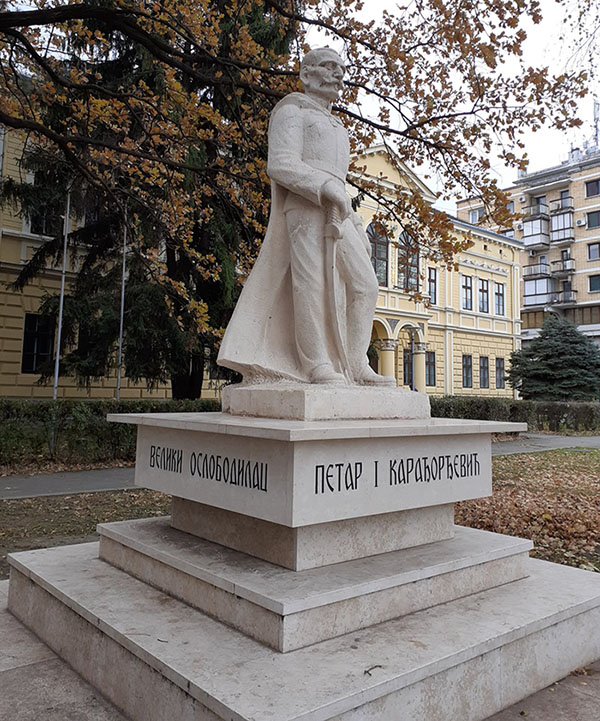
Schleiz, The Old Ship Lock
The Tisa River
It flows through Ukraine, Romania, Slovakia, Hungary and Serbia for a total of 965 km. In Serbia, near Stari Slankamen, the Tisa flows into the Danube. Tisa is rich in cyprinidae species of fish, such as: carp, bream, white fish, as well as non-native species, such as silver carp (Hypophthalmichthys molitrix), grass carp, silver carp (Carassius), Prussian carp (Babuška). Catfish, pike and perch are the most important predators in Tisa River.
The Tisa River, which softly flows across the plain and has numerous catering facilities, is a true haven of peace and delight.
Due to the Tisa’s reputation as a river with an abundance of fish, you can taste some excellent fish delicacies there. The presence of the aquatic insect known as the Tisa flower (Tiski cvet) undoubtedly contributes to the river’s richness. Every June, after spending three years as a larva at the river’s bottom, it emerges from the water causing it to bloom. The Tisa flower only exists on the Tisa River and has such a little lifespan that this rare natural phenomenon is only seldom visible. Apart from Serbia, visitors can experience this phenomenon only on the Yangtze River in China.
Tisa is a river that people used to fear, and several legends are related to it, among which is that between the two branches of the river, or in the riverbed itself, is the grave of the famous Hun warrior, Attila, known as The Scourge of God.
Nevertheless, with its surroundings, Tisa forms a beautiful environment, created for enjoyment. River lovers always return to the Tisa, and every time they leave it, they are left with unforgettable memories.
Nature Park ’’Stara Tisa’’ (Old Tisa)
Goranski park
Over time, it transformed into a lovely park, where exotic species were also planted, bringing the total variety of trees and bushes to 80. In a period of 15 years (until 1985), about 400,000 different conifer seedlings were removed from the nursery and planted. deciduous trees and ornamental plants in the territory of the municipality of Bečej. The House of Highlanders (Dom Gorana) was built, including the drilling of a large-capacity well with submersible pumps and irrigation lines beneath. The total area of the nursery and the park was 11.5 ha. Every year, the nursery and park employed roughly 4,000 pioneers, school children and older mountaineers.
Today, you can find trees almost half a century old in the park. Black pine, hornbeam, common oak, black poplar, white willows, and white poplars are unique examples. There are also native animals and unintentional “visitors” such as does, rabbits, squirrels, dragonflies, woodpeckers, and owls.
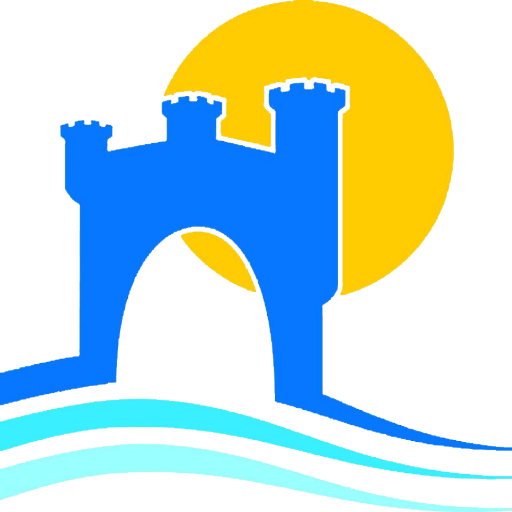
Ponedeljak – Petak › 8:00h – 15:00h
Subota › 8:00h – 13:00h
Nedelja › Zatvoreno



